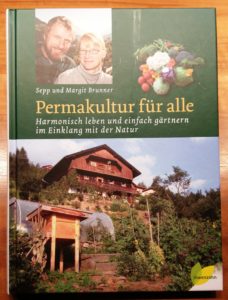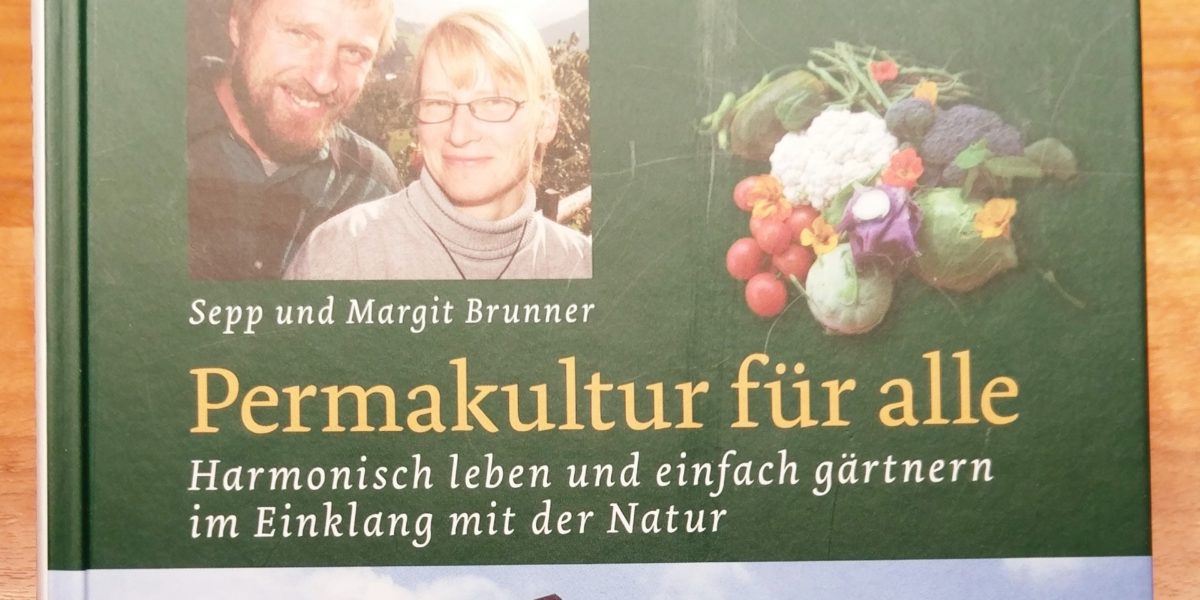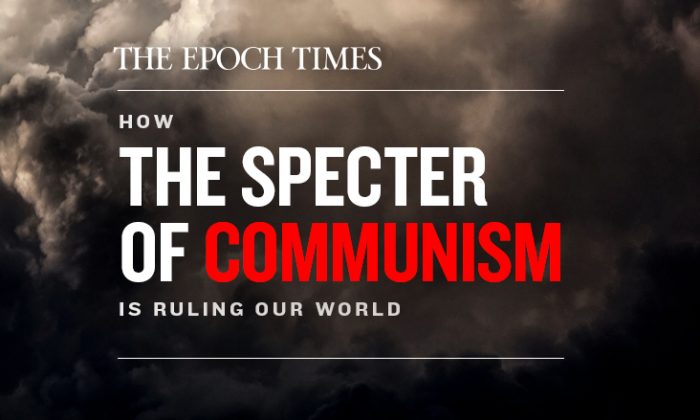Book review: permaculture for everyone
Book review
Permakultur für alle (permaculture for everyone) from Sepp and Margit Brunner
Living harmoniously and easy gardening in harmony with nature
4th edition, 2007, publishing house Löwenzahn. ISBN 978-3-7066-2394-0

The author lives with his family as a smallholder and self-supporter on a farm near Lienz (A). More than 20 years of experience in organic farming have been incorporated into the book.
“Permaculture for everyone” is aimed at people who feel the need to become active in gardening or to expand their knowledge in this field. It addresses people who are interested in self-sufficiency and a simple, sustainable lifestyle. The approaches of permaculture are the guiding principles. The aim is to live a harmonious life in tune with nature.
Who has not wondered whether there are even more tasty and healthier foods than those from the supermarket? Or whether it makes sense to use all your manpower in a workplace so that you can buy tasteless, lovelessly produced food instead of planting it yourself? Or whether the present treatment of our environment works in the long term?
Thanks to the easy to understand, down-to-earth language, the book reads effortlessly and fluently. The personal commitment as well as the important values of the author are clearly expressed in it.
In a world where the care of traditions and cultural heritage gives way to a global uniform monotony, it is praiseworthy that the author has taken time to write down his knowledge and experience as support for others. The interest of fellow human beings for exactly this proves him right. Reflecting back on the tried and tested and yet breaking new ground is a trend.
Permaculture
What is the meaning of the word permaculture? At the beginning of the 1970s, the two Australians Bill Mollison and David Holmgren founded the idea. The word “permaculture” is derived from the English words “permanent” and “agriculture”. Permaculture explains how habitats can be shaped to make them worth living in, so that we feel comfortable and so that our livelihoods can be preserved in the long term. Irrespective of whether someone lives in town or in the country. This also makes it clear that these approaches do not only concern agriculture or ecology, but can also be applied to a variety of other areas of life, such as education, health and architecture. Some cornerstones of permaculture are:
– respectful dealing with the earth
– care for the well-being of others
– efforts to distribute raw materials and surpluses fairly
From the book content
Critics may complain that in Sepp Brunner’s book more and further detailed practical instructions are needed to become active. To know exactly what to do. But is this criticism justified? Because permaculture spans such a large arc, it is only understandable that the author talks a lot about values and encourages us to deal with them on our own. He challenges us to answer questions such as “how do I want to shape my life?” and “what are my fundamental ethical values?” ourselves.
It quickly becomes clear that the book can not only provide detailed instructions alone. The author encourages an examination of one’s own thoughts, values and actions on the one hand and the logical and meaningful sounding guiding principles of permaculture on the other hand. This is, of course, uncomfortable for people who prefer philosophizing rather than taking concrete and creative action. Thinking yourself, planning yourself and acting on your own are in demand.
The book gives many valuable hints on how to move step by step towards harmony with nature in your own actual situation. However, the individual steps must be defined by yourself and adapted to the situation, your own ideas and your possibilities. Someone may have their own farm. Someone else has only a small balcony for gardening. Both find impulses and ideas to start. In this sense, it is certainly a workbook, as the author himself calls it.
The author shows how we can familiarize with our own situation. From the location of the place, the solar radiation, the water balance up to the wind conditions everything is illuminated. Based on this, we are guided to draw up a plan of how we want to design our habitat. Here too, all relevant topics are highlighted. It is understandable that this does not take place at the master level and in the corresponding depth. That would rather deter a layman or beginner.
How can we deal with “weeds”? An exciting topic, which is also addressed. Or how can we keep water in our garden as long as possible? How does “plant protection” work in permaculture? How do I increase biodiversity in my garden? Just to mention a few more examples from the content.
Essence and impact of the book
The author could fascinate me for this topic and motivate me to become more active in my own garden, but also to question my ecological footprint. The fact that as a reader I am called upon to answer very profound questions about my own values and goals in life even gives the book a spiritual aspect. Especially in our time of disorientation, books with a life-affirming and solution-oriented approach are of particular importance.
Recognizing how far away you see yourself from the way you want to go, however, should not lead to despair and discouragement, but should motivate you to move forward step by step. Always in the knowledge that every journey begins with the first step. Whereby a small step is also a step. Just make sure the direction is right.
Finally, an encouraging and exhortative quote from the book “… whatever man does to the web of life, he does to himself.” That’s what Chief Seattle once said.
Isn’t all this motivation enough to reconsider one’s behavior and actions and to take responsibility? We have it in our hand to start right where we are. We can change here and now to bring us step by step closer to a life in harmony with nature. In any case, the book is a call for the way back to nature. Entirely in the spirit of Natura Santa.
More information about the authors and their work can be found here: permaculture workshop
The reviewed book is available in German only. But you will certainly find a similar book in your language. If you want to delve into the topic of Permaculture, I recommend the book by David Holmgren, one of the founders of the idea:
Permaculture, principles and pathways beyond sustainability.



